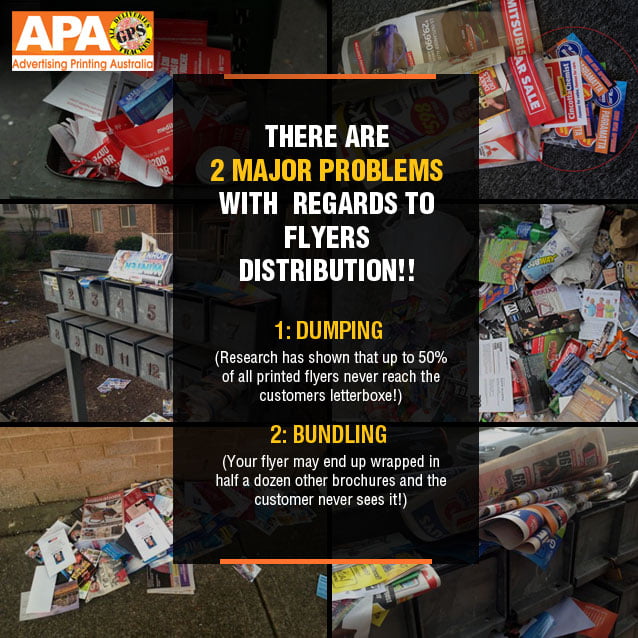As we are into the new year, it’s worth revisiting a subject that’s near and dear to our heart. Even in our digital world, direct mail marketing is an immensely effective method for reaching your audience, with digital marketing response rates that outperform even the most popular digital strategies.
As mail volumes in the U.S. decline year after year, direct mail response rates climb. From 2006 to 2020, mail volume dropped from 213 billion pieces down to 120 billion in 2020. That’s nearly a 50% decline. During the same period, however, direct mail response rates skyrocketed. From 2006 to the present, house list response rates grew by 173% while prospect lists enjoyed a 194% bump.
The reason may be surprising, but it’s consistent with what we see in the marketplace. Online bill payment, digital account statements, and other digital developments have reduced mailbox clutter, providing a greater opportunity for direct mail to shine. Consumers are more likely to read and interact with direct mail simply because they have less mail to peruse. As mail becomes less common, the mail you do get becomes more attractive, regardless of what it is.
This article will discuss the response rates that advertisers can expect to get from their direct mail campaigns in 2021. We’ll also talk about a particular type of direct mail that improves these numbers, providing a 99% open rate (spoiler alert — it’s handwritten direct mail.) But more on that later. First, let’s talk response rates.
RESPONSE RATES
In 2021, standard direct mail open rates can reach nearly 90%. Compare that to the 23% open rate that Mailchimp estimates email marketing enjoys, and the power of direct mail becomes evident.
Beyond open rates, Forbes estimates that 42% of recipients read, or scan, the advertising mailers they receive. This is double the number of people that open an advertising email. And response rates are equally impressive.
A recent survey by the Data and Marketing Association found that house lists pulled an impressive 9% response rate. More astounding, the study found that prospect lists enjoy a 4.9% response rate, nearly double what you can expect from an average email marketing campaign. So why are direct mail response rates so high?
Assuming a mailer isn’t immediately deposited in the trash (which indeed happens), it can sit on a table or desk for days or weeks, serving as a constant reminder of the brand’s message. By comparison, emails are pushed down the page by new arrivals and quickly forgotten, assuming they get opened at all.
Email is temporary and cheap, whereas snail mail has a presence that feels more valuable. Consumers report that direct mail feels more personal as well. Small Business Trends found that 70% of survey respondents said that they prefer direct mailers to email because of the emotional connection they feel receiving something physical in the mail.
It turns out that there’s good science behind these results. Several studies have looked at direct mail’s successes and found that it aligns with what we know about human psychology and behavior.
WHAT THE SCIENCE SAYS ABOUT DIRECT MAIL
It turns out we have good reason to trust direct mail’s ability to convert prospects into sales. A study carried out by the U.S. Postal Service and the Center for Neural Decision Making at Temple University’s Fox School of Business made some startling discoveries.
They used eye-tracking, biometrics, and fMRI scans to track participants’ engagement with various advertising forms. They found that consumers spent more time reviewing direct mail and other print advertisements compared to their digital brethren. People’s emotional engagement goes up dramatically when viewing direct mail as well.
With direct mail, study participants also remembered marketing messages more rapidly and accurately, felt a more compelling desire for the product or service, and assigned it a higher subconscious value. Over the nine criteria categories the study surveyed, digital advertising came out on top in only one. Digital and direct mail tied in three others, while direct mail and print advertising bested digital in five out of nine. It was an impressive showing, to be sure.
SEE ALSO: 5 Sample Thank You Cards For Business
Another study, this time from Canada Post, found that direct mail required fewer cognitive resources to process, meaning that its messages were processed and understood more rapidly than digital marketing channels.
Performed by the neuromarketing research and strategy firm True Impact Marketing, the study found that direct mail had a 21% smaller cognitive load compared to digital marketing. Brand recall was dramatically better as well. Study participants recalled brand information from direct mail advertisements 75% of the time compared to only 44% of the time with digital. Direct mail was also the only form of advertising studied that achieved a motivation-to-cognitive load ratio above one. Any value over one is indicative of broad in-market success.
The science is clear. Our brains prefer direct mail over digital advertising methods. We engage with direct mail more, recall messaging better, and respond more effectively. Direct mail response rates are better than digital simply because direct mail better aligns with basic human preferences.
GRAB YOUR CUSTOMER’S ATTENTION WITH DIRECT MAIL THAT STANDS OUT
The evidence is in and direct mail is a super-effective way of capturing the attention of your customer. Here are some stats below:
81% of consumers read their mail immediately
74% of Australians give mail their full attention
65% of Australians read every piece of mail they receive
56% always share mail with other members of their household (Source: Australia Post report)
Want to wow your customer? We’ll help you!
Get in touch sales@advertisingprinting.com.au
Is customer brand recollection important for you?
Give us a call today 1300 33 00 50 and we’ll see what we can do.
YOUR CUSTOMERS ARE MORE LIKELY TO TRUST YOU
Direct mail is 58% preferred for important information such as bank statements, legal documents, or bills. (Source: Australia Post report)
This perception rubs off on your brand’s message in the letterbox making your customer more likely to see your brand’s information as credible and trustworthy. Compare this to digital and social channels where there is an abundance of false and misleading advertising.






